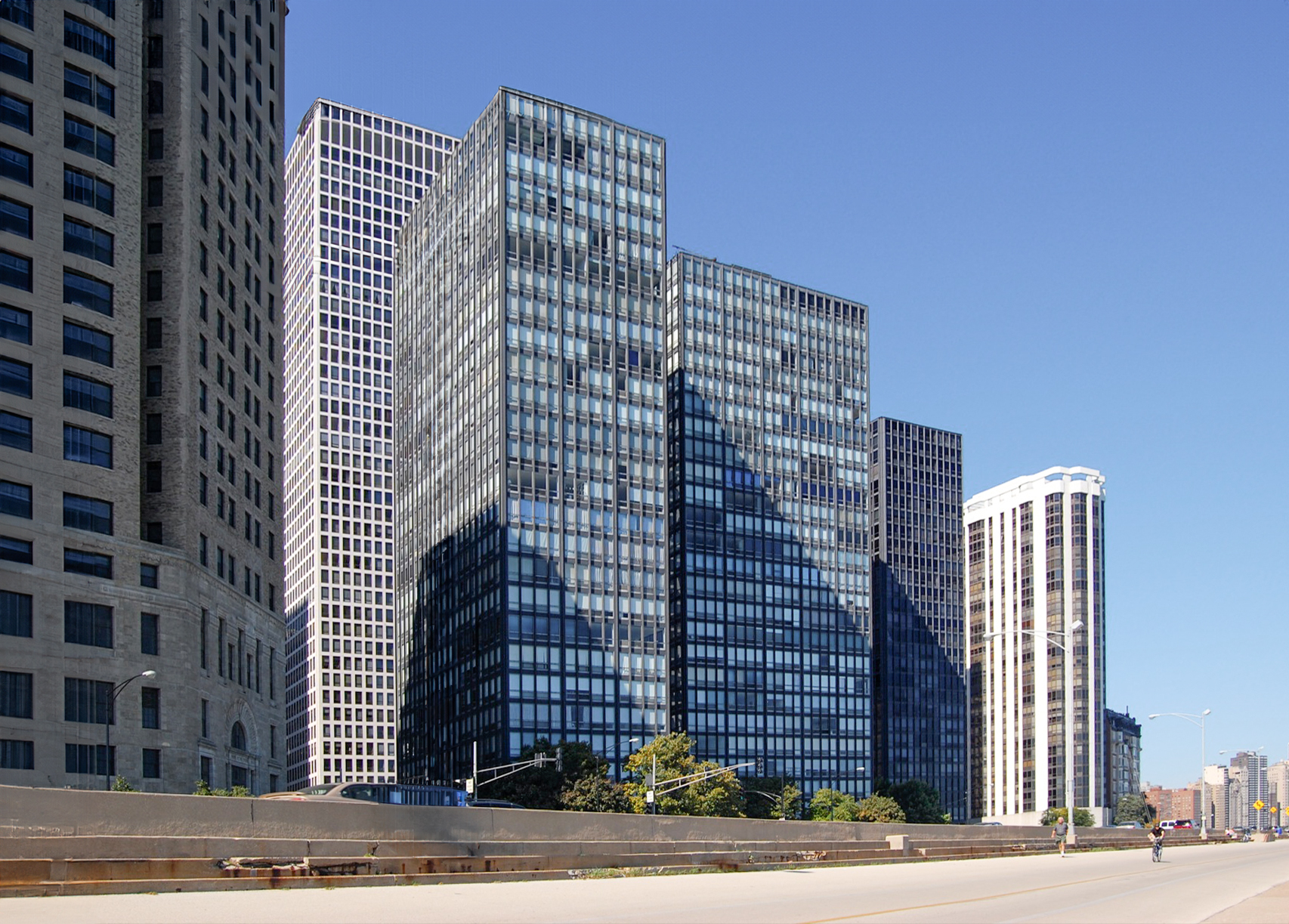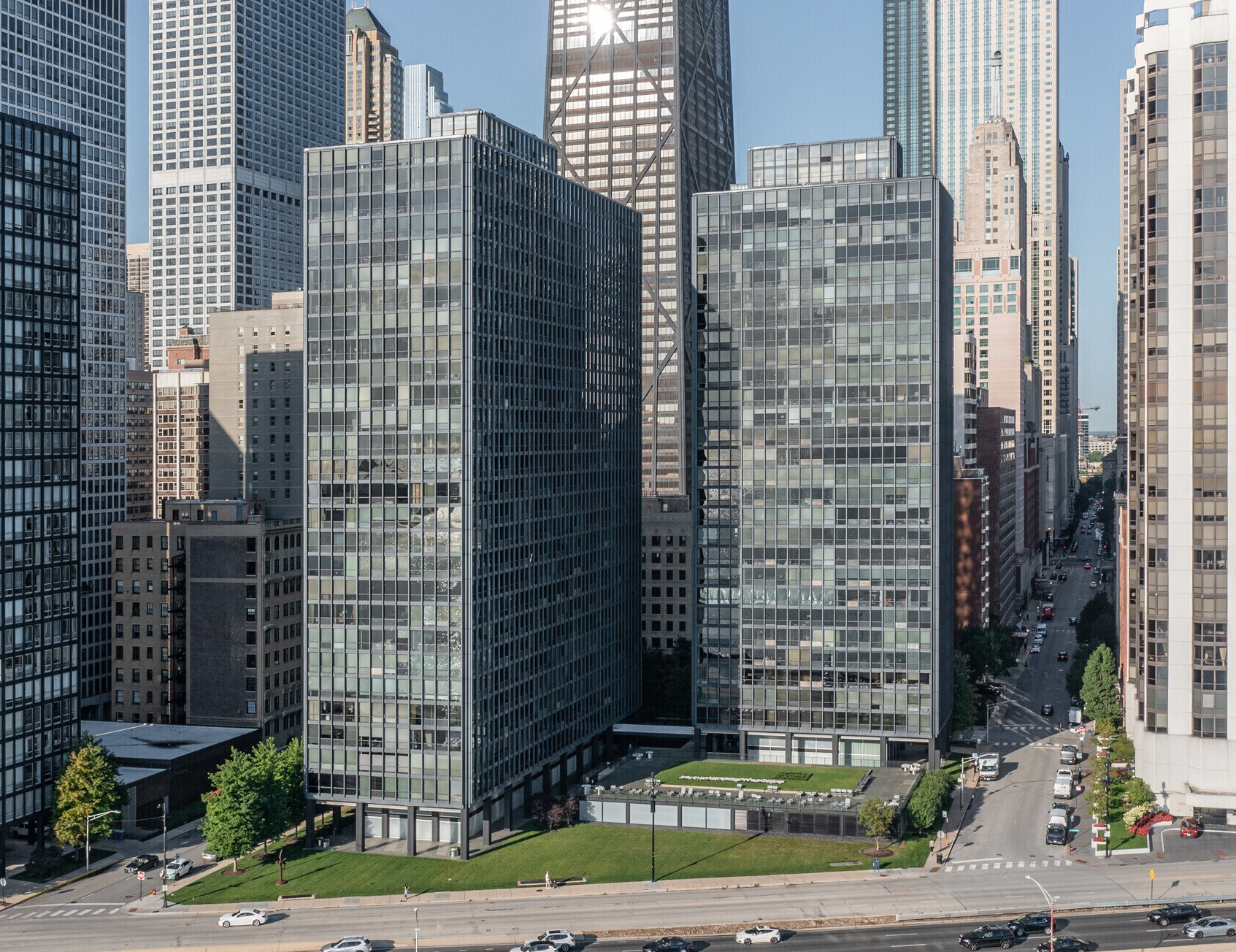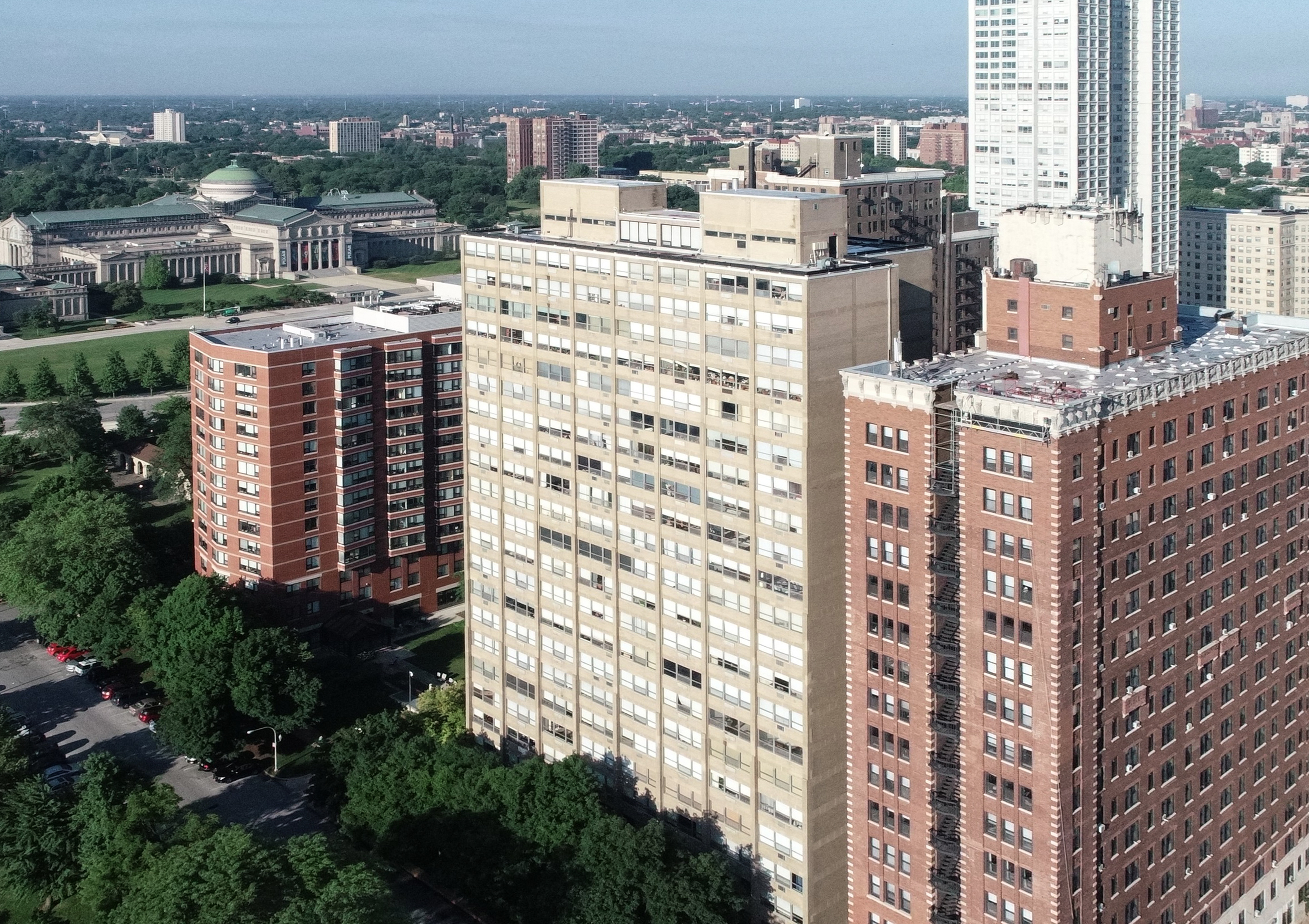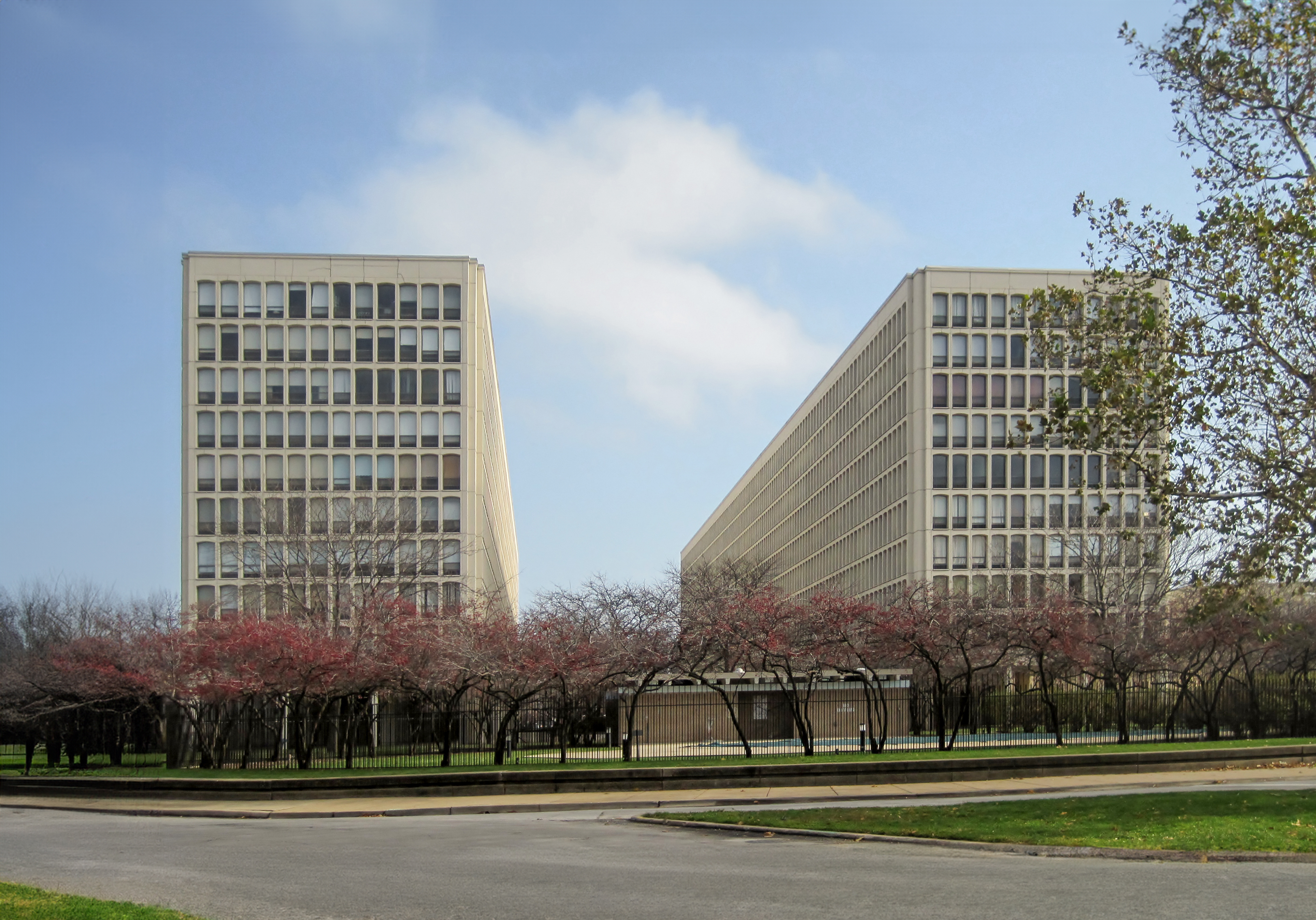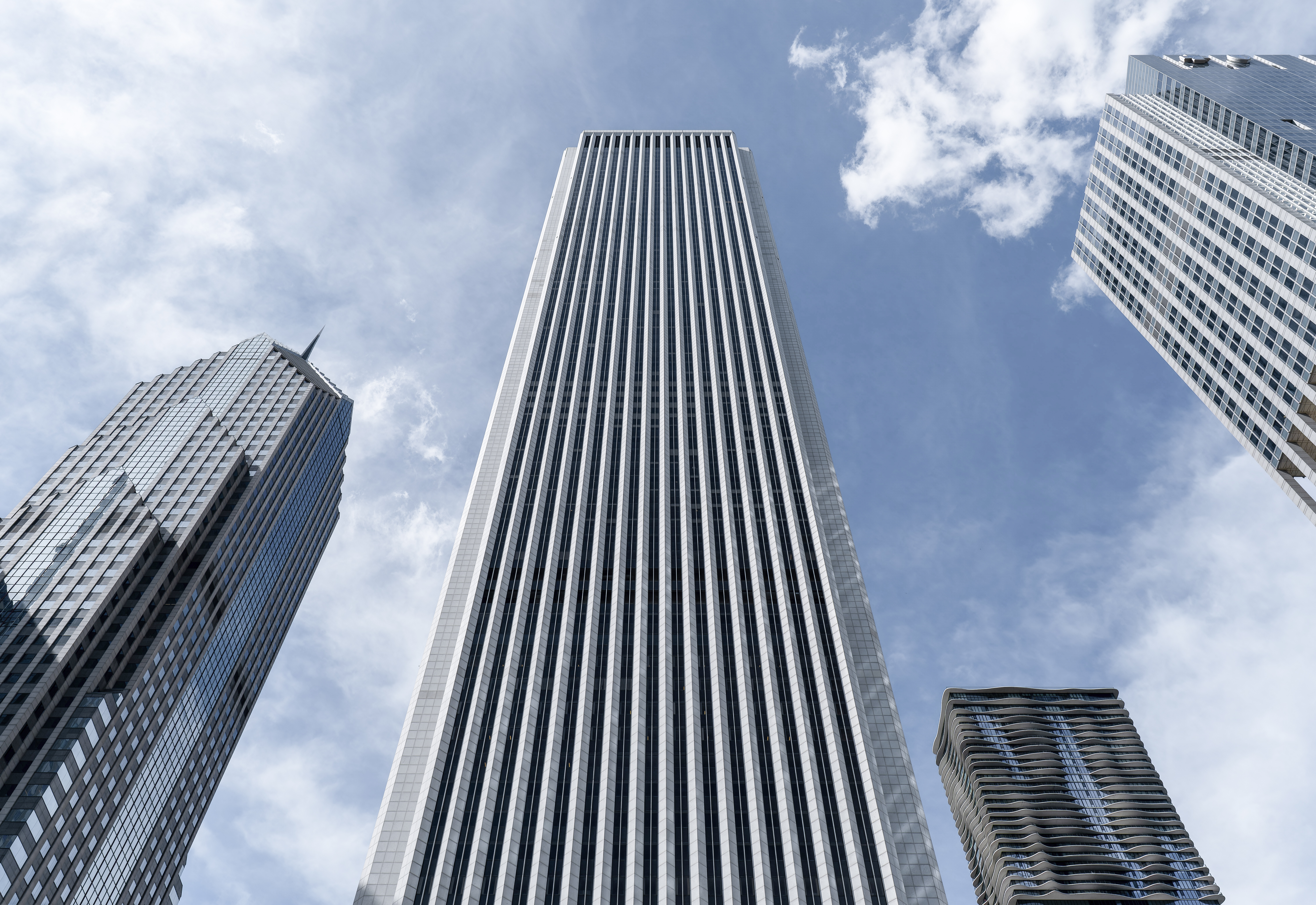The 1000 Lake Shore Plaza is an International Style skyscraper designed by Sidney Morris Associates, with Sidney Morris as lead architect, in association with Salk, Ward & Salk, and built in 1964 in Chicago, IL.
Its precise street address is 1000 North Lake Shore Drive, Chicago, IL. You can also find it on the map here.


